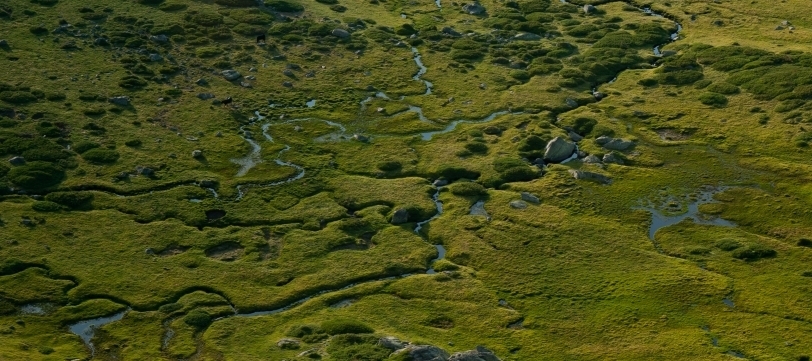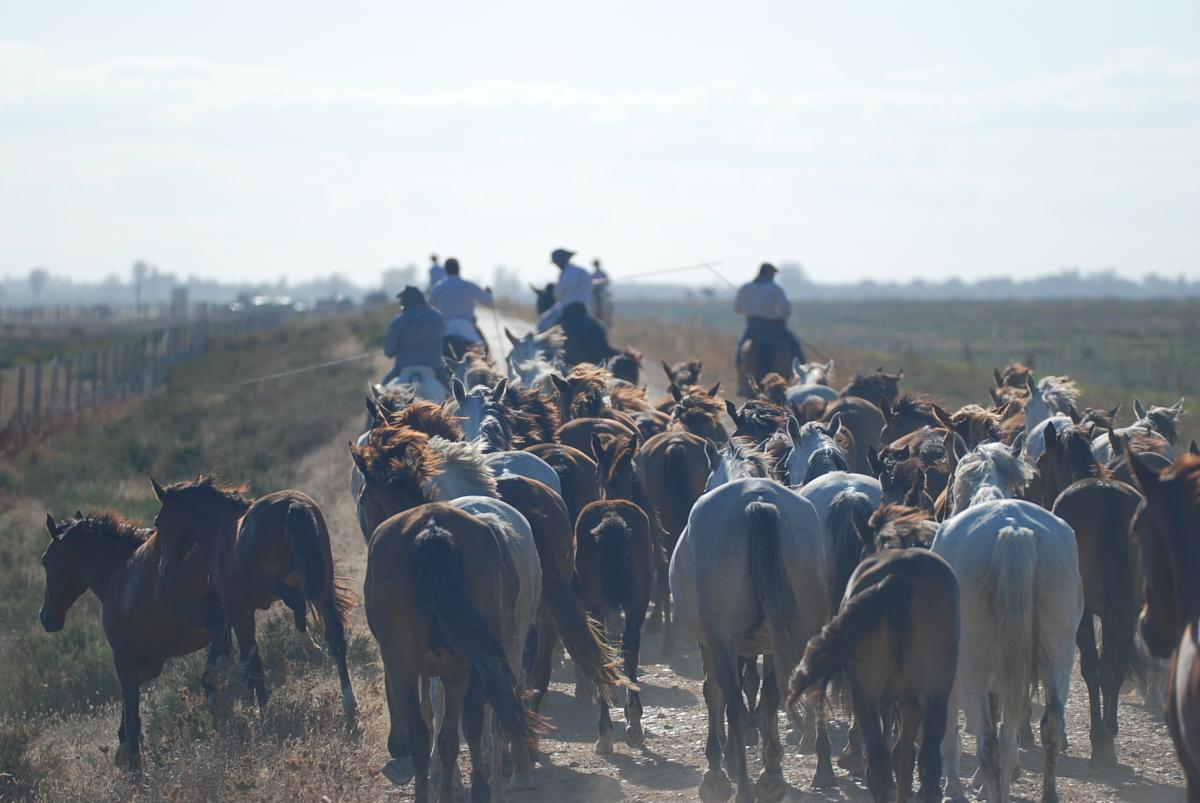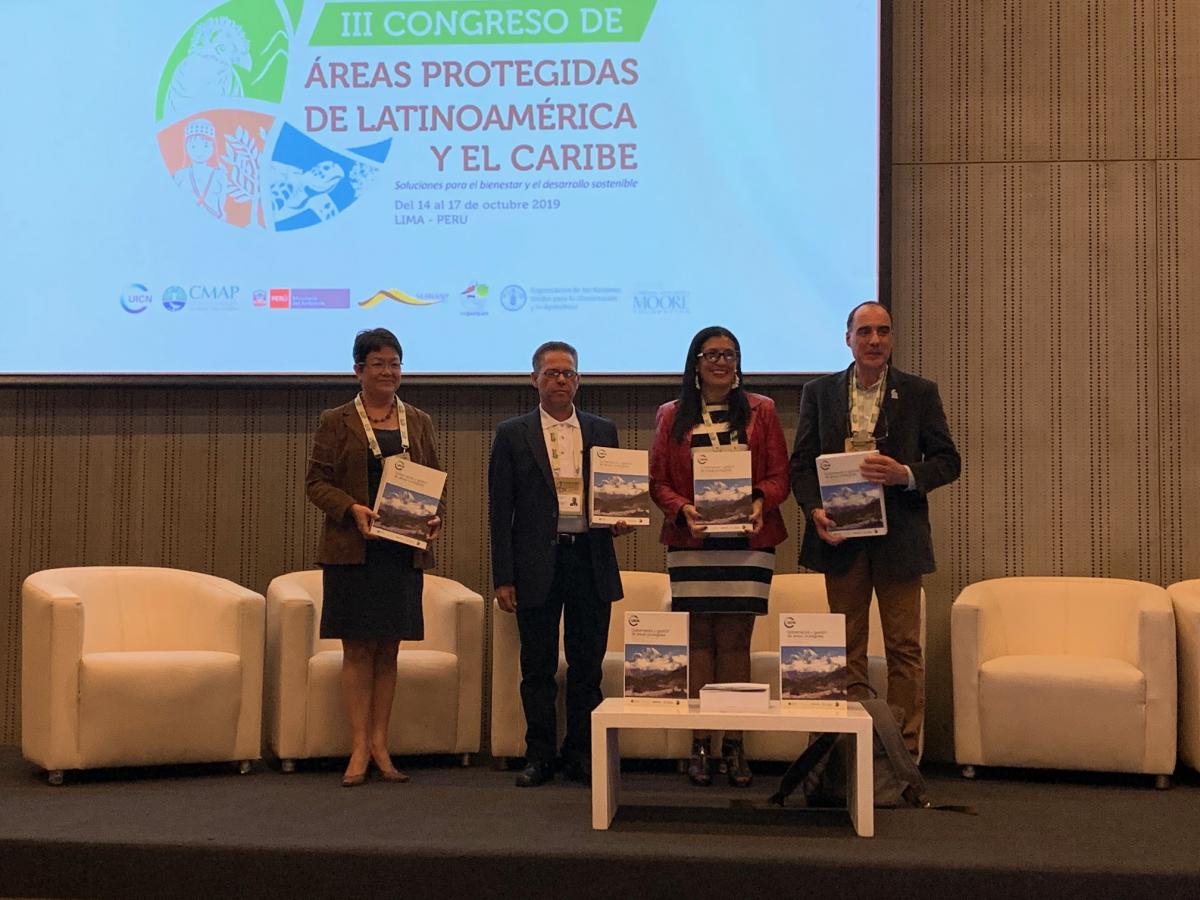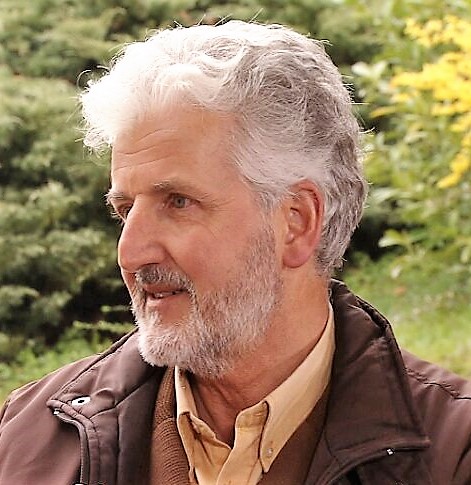Participatory scenario planning
By Ignacio Palomo
How can we manage a large protected area system with reduced public funding resources and new challenges arising from multiple drivers of change? This was the question that EUROPARC Spain, an institution that mobilises multiple stakeholders around protected areas in Spain, tried to answer to contribute to its 2020 Strategy: Society and Protected Areas.
With 28% of its terrestrial surface protected, Spain is a biodiversity hotspot in the Mediterranean and worldwide. However, many coverage deficiencies still exist, as well as the need to significantly improve protected area management. In the face of rapidly changing times and uncertainty, a participatory scenario planning (PSP) approach was adopted in order to understand the plausible effects of drivers such as climate change, land use change and urbanisation.
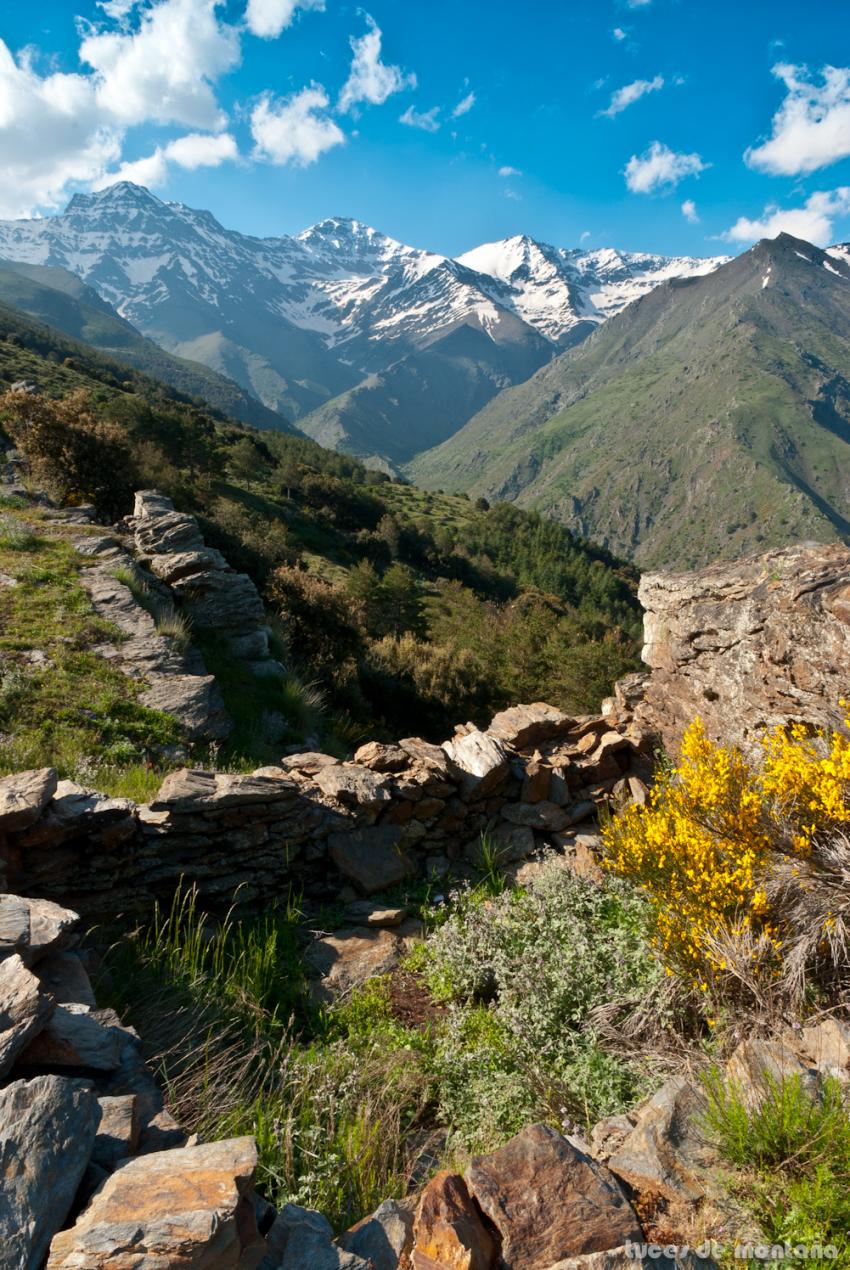 Photo: Ignacio Palomo
Photo: Ignacio Palomo
Participatory backcasting allowed for the identification of several measures to achieve a common desirable future, such as a broader understanding of conservation, increasing participation in protected area governance, acknowledging nature´s contributions to people (ecosystem services) of protected ecosystems, adapting management plans, and articulating sustainable activities that conserve landscapes, habitats and species, among others.
When asked about what should be the main role of protected areas in Spain in the future, respondents indicated biodiversity conservation and protected areas being examples of win-win governance for nature and humans.
Multiple challenges lie ahead to increase protected area coverage, particularly for marine areas, and effectiveness through new models of governance. PSP is an increasingly popular tool that allows for building a shared understanding of how this future and the process to achieve it might look like.
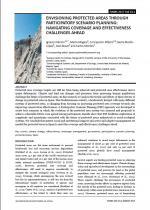 Photo: IUCN
Photo: IUCN
Reference: Palomo, I., Múgica, M., Piñeiro, C., Martín-López, B., Atauri, J., & Montes, C. Envisioning protected areas through participatory scenario planning: navigating coverage and effectiveness challenges ahead. Parks 23(1):29-44.
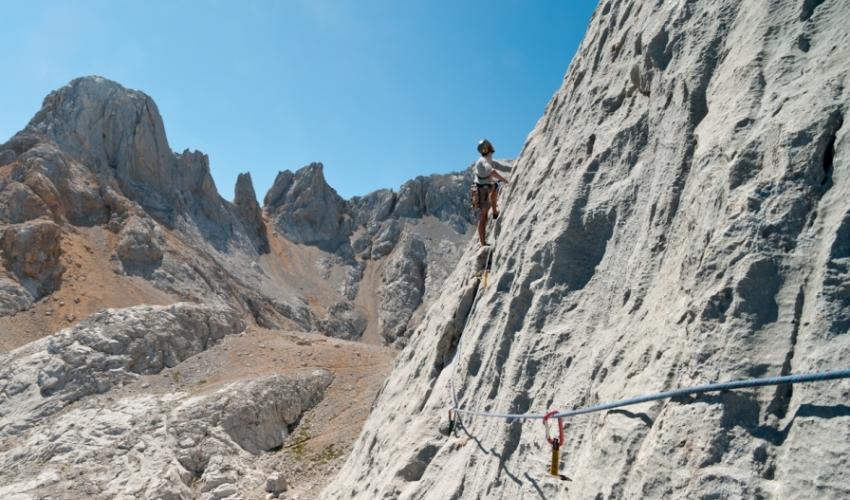 Photo: Ignacio Palomo
Photo: Ignacio Palomo

